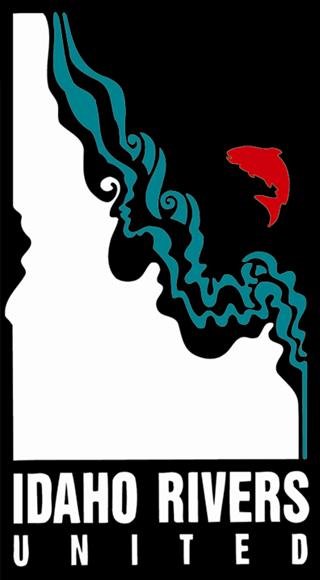Updates in Politics and Policy for Salmon & Steelhead: January 2020
January saw political processes related to salmon recovery resume in both Idaho and Washington.
Late last December, Washington Governor Jay Inslee’s office released a draft Lower Snake River Dams Stakeholder Engagement Report. The report contained major takeaways gained from a months-long interview process. Interviewees provided differing responses to questions on what dam breaching would mean for agriculture, navigation, energy, recreation, and salmon recovery. While opinions on the issue varied, there was a widespread desire for more constructive dialogue and a resolution to recover salmon.
Meetings in Clarkston, Vancouver, and the Tri-Cities consisted of a panel of stakeholders who reflected many of the same sentiments as the report. The panelists represented interests including Tribal fisheries, conservation, agriculture, barging, commercial fishing, and energy.
The diversity of opinion amongst panelists was reflected in the crowd, most of whom either directly or indirectly rely on the benefits of the dams or the anadromous fishery the hydrosystem has degraded. A pro-dam rally was held in the Tri-Cities before the public meeting there, showing the importance that many in the region place on the dams.
Salmon and steelhead recovery figured prominently in January in Idaho as well, as Governor Brad Little’s Salmon Work Group held their first meeting of the new year in Boise. The night before the meeting, nearly 30 members of the public provided comments to the Work Group. All of the commenters spoke with passion on the importance of salmon and steelhead in Idaho and the need for collaborative action if our wild fish populations are to be recovered.
The meeting itself, held in the University of Idaho’s Boise Water Center, consisted of presentations on estuary and ocean research, Middle Fork of the Salmon River research, and a discussion on harvest. After several months of similarly formatted meetings, the Work Group has had a massive amount of information presented to them covering nearly everything influencing salmon and steelhead.
The Work Group concluded the Boise meeting with a discussion on how they will transition from information gathering to policy formation in future meetings. Creating policy recommendations for the Governor will be a challenge, but Work Group members promised to bring a list of their top choices to the next meeting slated for March in Boise.
IRU employees attended the meetings in Clarkston, the Tri-Cities, and Boise. This past year was dismal for our returning fish, with 2020 lining up in a similar fashion. While recent declines in the past five years have been driven by warm water conditions in the ocean and river, the long-term decline of Idaho’s anadromous fisheries has corresponded with the construction of the four Lower Snake River dams. We continue to advocate for the restoration of the Lower Snake River via dam breaching to recover our wild salmon and steelhead.

